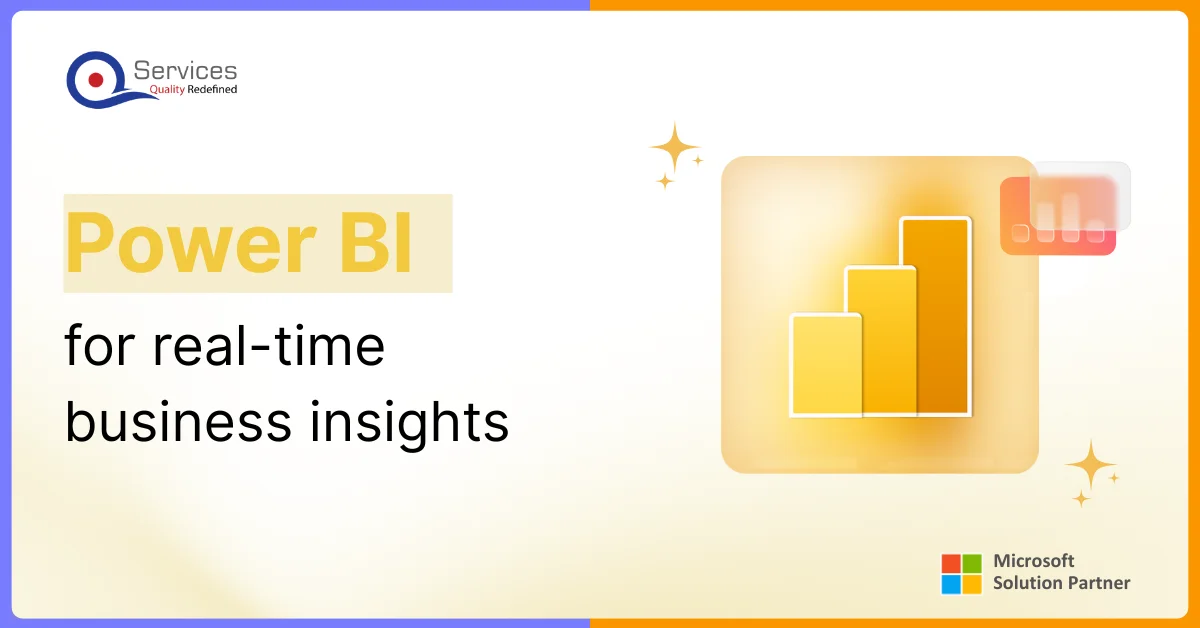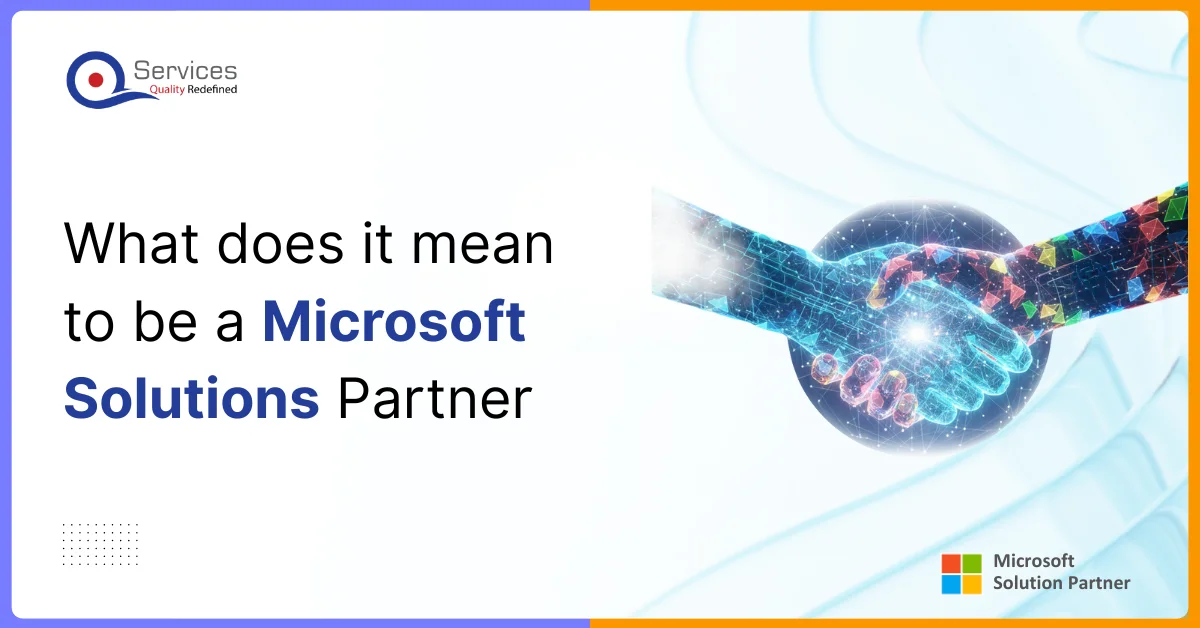
Home » Implementing Global Distribution with Cosmos DB for High Availability

Modern applications need to be fast, responsive, and always available. To achieve this, they must be hosted in data centers close to their users, ensuring low latency and high availability. This often requires deploying applications across multiple data centers worldwide, making them “globally distributed.” Such applications also need a database that can operate globally, seamlessly replicating data across different regions. This ensures that users can access a copy of the data that is geographically close to them for optimal performance.
Azure Cosmos DB is a globally distributed database designed specifically for this purpose. It allows you to read and write data from local replicas of your database while automatically replicating data across all regions associated with your Cosmos DB account. It is built to deliver low latency, scale throughput elastically, provide clear data consistency options, and ensure high availability. In summary, if your application requires fast performance anywhere in the world, must always be online, and needs limitless scalability, Azure Cosmos DB is an ideal choice.
You can configure your Cosmos DB to be available in any Azure region, placing data near your users to reduce latency. The choice of regions depends on where your users are located and the global reach of your application. Azure Cosmos DB offers a unified view of your globally distributed database, allowing your application to read and write data locally without any added complexity.
Azure Cosmos DB’s cloud environment strategy reflects a nuanced approach to global and specialized cloud deployments, addressing diverse organizational needs across different geopolitical and regulatory landscapes:
Each environment offers unique capabilities, reflecting Microsoft’s strategy of providing tailored cloud solutions that balance global accessibility with regional specificity, regulatory compliance, and specialized security requirements.
This multi-environment approach allows organizations to:
Azure Cosmos DB simplifies complex tasks like managing a single-tenant fleet and sharding databases. It’s a schema-free, NoSQL database service from Microsoft, designed for cloud-native applications. Here’s what Azure Cosmos DB offers:
Get free Consultation and let us know your project idea to turn into an amazing digital product.

Global Distribution with Azure Cosmos DB: Empowering Modern Application Architecture
Active Application Infrastructure Azure Cosmos DB revolutionizes distributed database technology through its innovative multi-region write replication protocol. This breakthrough enables simultaneous read and write operations across all configured regions, delivering:
The platform enables near real-time data interactions across configured regions, with automatic data replication and configurable consistency guarantees. Applications can seamlessly operate across global infrastructure, maintaining performance and data integrity.
Strategy By distributing database infrastructure globally, Cosmos DB inherently enhances system reliability. Automatic region failover mechanisms ensure continuous operation, with built-in redundancy protecting against localized infrastructure failures.
Cosmos DB’s service-managed failover capabilities maintain operational continuity during regional disruptions. Key features include:
Azure Cosmos DB offers five sophisticated consistency models, allowing precise tuning between performance and data coherence:
Azure Cosmos DB’s global distribution feature represents a breakthrough in database technology, offering organizations an unprecedented ability to deploy and manage data across multiple worldwide regions. This comprehensive guide explores the intricacies of global distribution, its benefits, implementation strategies, and real-world applications.
Global distribution in Azure Cosmos DB is a powerful capability that allows automatic replication of your database across multiple geographic regions. Unlike traditional database approaches that centralize data, this feature ensures that your database operates as a dynamic, globally accessible system.
Seamless copying of data across selected regions
Ensuring users connect to the nearest data center
Maintaining continuous service during regional disruptions
Azure Cosmos DB enables multi-region write operations, a critical feature for modern distributed applications. This means:
The platform offers five distinct consistency models, allowing developers to balance performance and data synchronization:
Guarantees immediate, linearizable data reads
Allows configurable lag between writes and reads
Maintains consistency within a single-user session
Prevents out-of-order write visibility
Prioritizes performance with eventual data synchronization
Single-digit millisecond response times
Elastic scaling across regions
99.999% service level agreement (SLA)
When implementing global distribution, consider the following:
Global distribution enables:
Benefits include:
Azure Cosmos DB supports:
The global distribution provides:
Azure Cosmos DB automatically routes requests to the nearest available region, minimizing latency and maximizing performance.
The platform supports:
Global distribution is more than a technical feature—it’s a fundamental reimagining of database architecture. Modern distributed systems must address:
Compared to traditional databases, global distribution offers:
Global distribution intersects with:
Machine learning models benefit from global distribution through:
Organizations must navigate:
Global distribution influences:
Organizations leveraging global distribution can:
Anticipated global distribution evolution includes:
Global distribution represents more than a technical solution—it’s a philosophical approach to data management. It embodies the principles of:
The journey of global distribution is an ongoing evolution, bridging technological innovation with human-centric design. As boundaries dissolve and digital landscapes expand, technologies like Azure Cosmos DB will be pivotal in shaping our interconnected future.
Share your project idea with us. Together, we’ll transform your vision into an exceptional digital product!

Azure Cosmos DB makes global data management easy by providing quick and reliable access across regions. Whether you’re running an e-commerce site or processing IoT data, Cosmos DB keeps things running smoothly. It also offers multi-region writes and conflict resolution, and ensures compliance with local laws through tailored solutions. Perfect for businesses expanding globally.
Implementing global distribution does come with its challenges, like balancing consistency with performance and managing network latency. However, these hurdles can be overcome with proper planning and the use of best practices. Starting with fewer regions, testing failover scenarios, and leveraging Azure’s built-in monitoring tools are just a few strategies that can make the process smoother. Looking ahead, the potential for global distribution is vast. With the rise of edge computing, artificial intelligence, and machine learning, the capabilities of distributed systems will only expand. Azure Cosmos DB is well-positioned to evolve alongside these technologies, offering smarter routing, predictive scaling, and even greater adaptability in the future.
Azure Cosmos DB improves performance, customer satisfaction, and global reach, with cost-effective scaling for sustainable growth. It empowers businesses to build future-ready apps with key principles of ubiquity, responsiveness, and resilience.
Global distribution is the next big step in database technology, and Azure Cosmos DB is leading the charge. By combining cutting-edge features with practical solutions to real-world challenges, it empowers businesses to stay competitive, adapt to new technologies, and create meaningful user experiences. The journey is just beginning, and with Azure Cosmos DB, the possibilities are limitless.
Azure Cosmos DB uses a multi-master replication model, where data is replicated across all configured regions, ensuring consistency and availability.
Azure Cosmos DB offers five consistency models: Strong, Bounded Staleness, Session, Consistent Prefix, and Eventual, allowing developers to choose the right balance between consistency and performance.
Partitioning helps distribute data across multiple nodes, ensuring scalability and high availability. Each partition is replicated across regions to provide global distribution.
Global distribution reduces latency by allowing applications to access data from the nearest replica, providing faster response times for users worldwide.
Azure Cosmos DB automatically handles failover by redirecting traffic to the nearest available replica in case of a regional outage, ensuring continuous availability.
Azure Cosmos DB ensures data security through encryption at rest and in transit, role-based access control, and integration with Azure Active Directory.
Azure Cosmos DB offers industry-leading SLAs, including 99.999% availability for multi-region accounts and guaranteed low latency for read and write operations.
Azure provides tools like the Azure Database Migration Service and Data Migration Tool to help you migrate data from various sources to Cosmos DB.
Use cases include e-commerce, gaming, IoT, social media, and any application requiring low latency, high availability, and global reach.
Azure Cosmos DB supports real-time analytics by integrating with Azure Synapse Analytics, allowing you to run complex queries and analytics on your data.

In 2026, moving workloads to Azure cloud migration is not just about transferring data. It’s about making the whole process smarter, more automatic, and easier to manage while keeping compliance and security tight.

The way small and medium-sized businesses (SMBs) operate has changed more in the past five years. Traditional systems that once felt reliable are now holding teams back. Data lives in silos, processes rely on too much manual work, and the cost of maintaining legacy servers keeps growing. So how do businesses modernize without disrupting what’s already working?

In an era where technology shifts faster than any corporate strategy can keep up, the real concern for IT leaders is how their organization can leverage Microsoft effectively without disrupting operations. This is where the Microsoft Solutions Partner program becomes relevant.

Founder and CEO

Chief Sales Officer
